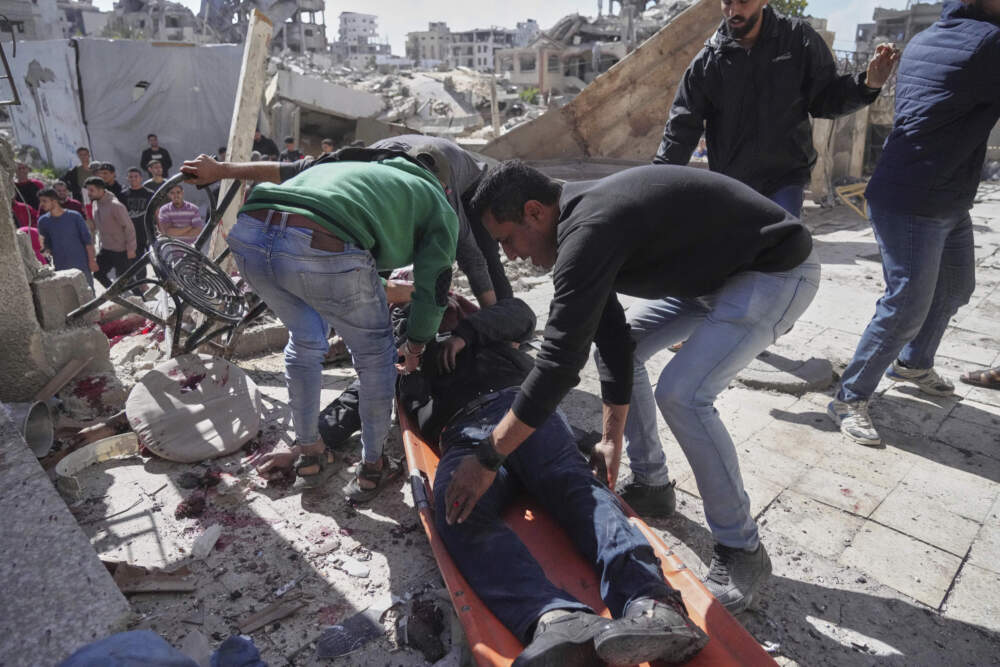Hospitals in Gaza are overwhelmed as they face an influx of injured patients following Israel’s end of the ceasefire with Hamas.
The Israeli military has conducted several airstrikes on Gaza, resulting in over 400 fatalities and numerous injuries. Additionally, they have initiated a “targeted ground operation,” redeploying troops to areas in central and southern Gaza from which they previously withdrew during the two-month ceasefire.
Dr. Razan al-Nahhas, an American ER physician on her second medical mission in Gaza, shared her harrowing experiences volunteering at Al-Ahli Hospital in Gaza City. She described the situation as “pure chaos,” with a constant stream of ambulances bringing in victims.
What Injuries and Scenes Are You Witnessing?
“I see all age groups—both genders, but primarily children, followed by women. The injuries among children are particularly catastrophic due to their small size; explosion injuries can crush them. Just this morning, we had a piece of shrapnel embedded in a 7-year-old’s chest, which had punctured his lung cavity, necessitating immediate surgery.
“There are many abdominal and extremity injuries, as well as amputations. I’m witnessing unimaginable traumas—things I never anticipated encountering. We lack the resources to provide adequate care that would be standard in any other situation.”
Impact of Aid Blockade on Hospital Operations
“The blockade is affecting us significantly in terms of medical supplies and food. There is a severe lack of food, and while that may seem minimal amidst bombings, I see malnourished children arriving at the hospital. Even if I can save a 6-month-old or a 1-year-old’s life, wound healing requires proper nutrition. Their fragile bodies are not equipped to heal or recover from injuries, and they may die from even simple wounds.”
“On the supply front, I often treat patients without even gloves, as we run out so quickly. I brought a few basic tools with me, like laceration staplers, which were used up within hours. There are not enough beds, and even when patients come in, we have nowhere to place them. The only CT scanner in northern Gaza is overwhelmed, leading to tragic delays, with many patients dying before receiving crucial scans.”
Were Palestinians Taken by Surprise by the Ceasefire’s Collapse?
“From my viewpoint, there was no real ceasefire. From the moment I arrived, daily attacks continued, including quadcopter strikes. Even before the ceasefire officially failed, we were regularly treating casualties. I cared for a young boy who was attacked while fetching water in a supposedly safe area—something that made everyone feel that the ceasefire wouldn’t last.”
What Are Palestinians Expressing About Their Situation?
“The Palestinians are filled with anger—angry at both the Arab and Western worlds. I treat innocent civilians, especially children and women, and they feel that their lives are worthless and overlooked. Many ask me, ‘Where is humanity?’ The response is disheartening; it appears to be gone. The recent attacks on international aid workers affirm that no location in Gaza is safe, for locals or relief personnel alike. Whether in a hospital or a supposedly secure guesthouse, everyone is at risk.”
This interview has been lightly edited for clarity.
This segment aired on March 19, 2025.



